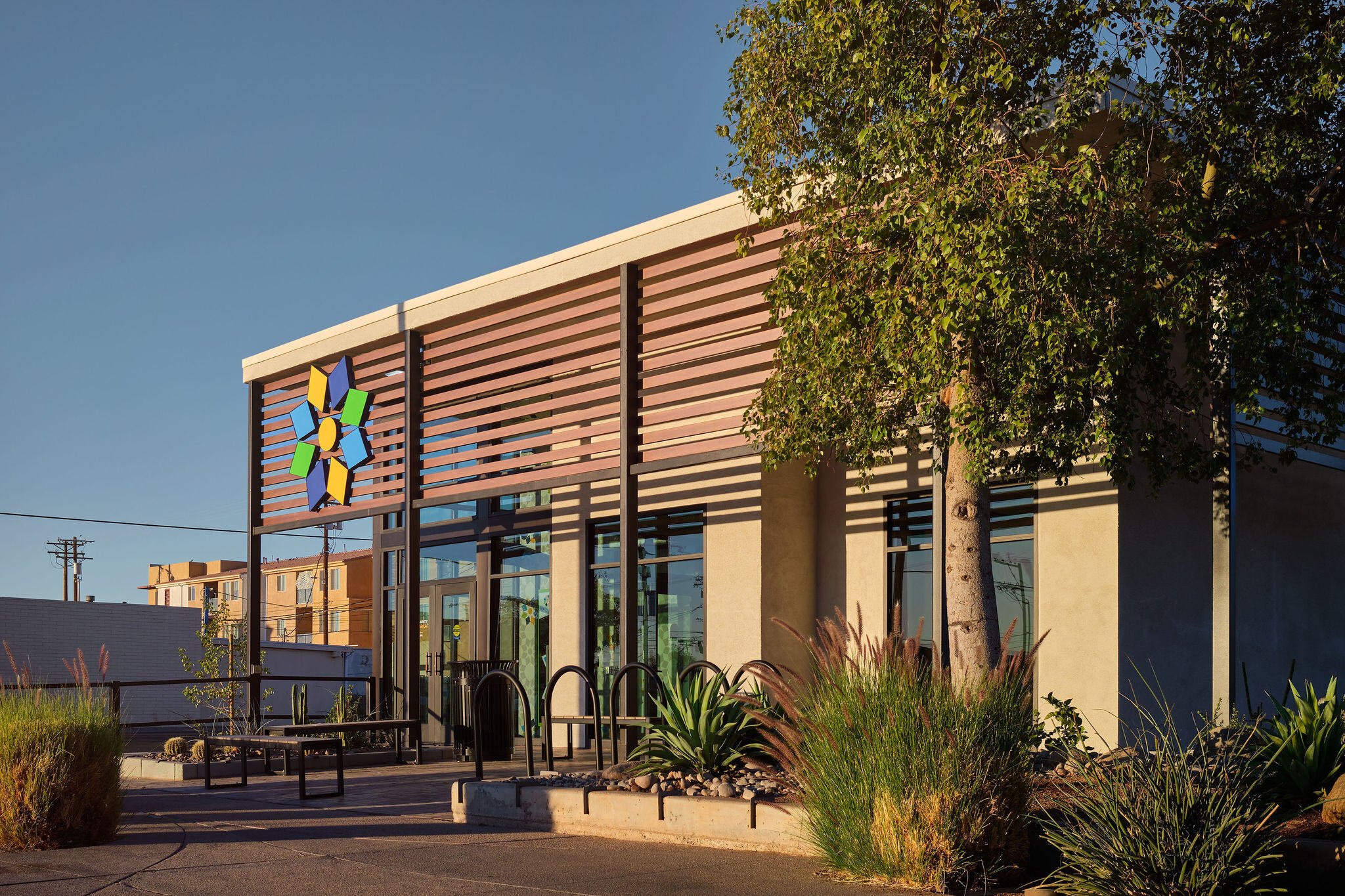From Teller Lines to Learning Zones: The Evolution of Financial Institutions
by La Macchia GroupGone are the days when bank branches were sterile, transactional spaces with little personality or purpose beyond deposits and withdrawals. Today’s banking is an experience, filled with stronger relationships, opportunities to connect and grow, and community involvement. More so, they have become an educational hub, filled with areas for advisement and collaboration. Younger generations are turning to banks and credit unions for financial advice, so the evolution of the branch must follow to foster the development of financial literacy within their communities.
A LOOK IN THE PAST
Throughout history, financial institution branches have always been centered around transactions. Limited seating areas, tight spaces, and long teller lines are all aspects that made financial institutions feel cold and closed off. Interaction was contained behind a teller line, leaving room for improved collaboration and approachability. The shift away from this traditional setup began with the desire to create a more welcoming and transparent environment. An impactful approach to a private, yet welcoming atmosphere is the implementation of glass offices—spaces that maintain the privacy needed for personal financial discussions, while still contributing to a more open and airy aesthetic. These offices allow consumers to see the activity and human interaction taking place within the branch, signaling transparency, accessibility, and a move toward relationship-based service.

Bayer Heritage Federal Credit Union | Transparent meeting and collaboration spaces.
COMMUNITY AND CONSUMER DRIVEN
New branches are intentionally being designed with community and education in mind, offering services that go beyond traditional banking. Resource classes, one-on-one meetings, and educational materials are being made readily available with on-demand technology. Some branches even have dedicated digital displays and areas to provide consumers with the assistance they need. From guidance on credit building, retirement planning, home loan education, these resources are a key aspect in building a relationship built on trust and security.
Air Academy Credit Union | A strategically placed resource center in their open concept lobby.
Larger lobbies also provide ample opportunities to incorporate technology like touch tables, digital displays, interactive screens, and spaces for kids to play. All of these aspects provide the space for consumers to learn about key services and feel welcome.
Diamond Credit Union | Spacious lobby integrating technology, with space for the little ones.
Digital displays strategically placed around a branch display real-time offers like changing rates and seasonal services, and can be personalized based on the local clientele. Touch tables are a modern and interactive way to shift from paper to tablet, enabling the consumer and advisor to transact with ease. These built-in touch screens can feature a financial institution’s website, interactive services, forms that require signature, educational games, and more.
Bayer Heritage Federal Credit Union | Touch table in use.
A FINANCIAL EXPERIENCE
Modern financial institution branch layouts have evolved with the changing consumer. Lobbies now feature larger seating areas, ITMs, teller pods that feature sound absorbing ceiling features, and glass offices to continue the bright and airy feel while remaining private. A more casual environment has debuted, and it's bringing a change for the better. When consumers walk into an open and inviting space, they’re inclined to stay longer, have more discussions, and learn more.
Sun Community Federal Credit Union | Relaxing, open lobby space.
Physical branches are no longer just places to make deposits or apply for loans, they’re becoming community hubs where people come to learn, ask questions, and build meaningful relationships with financial professionals. Whether it’s hosting seminars on budgeting, first-time home buying workshops, or pop-up events for local businesses, branches are embracing their role as financial education centers.
.png?width=248&height=73&name=Logo%20w%20Tag%20-%20Color@300x%20(1).png)







